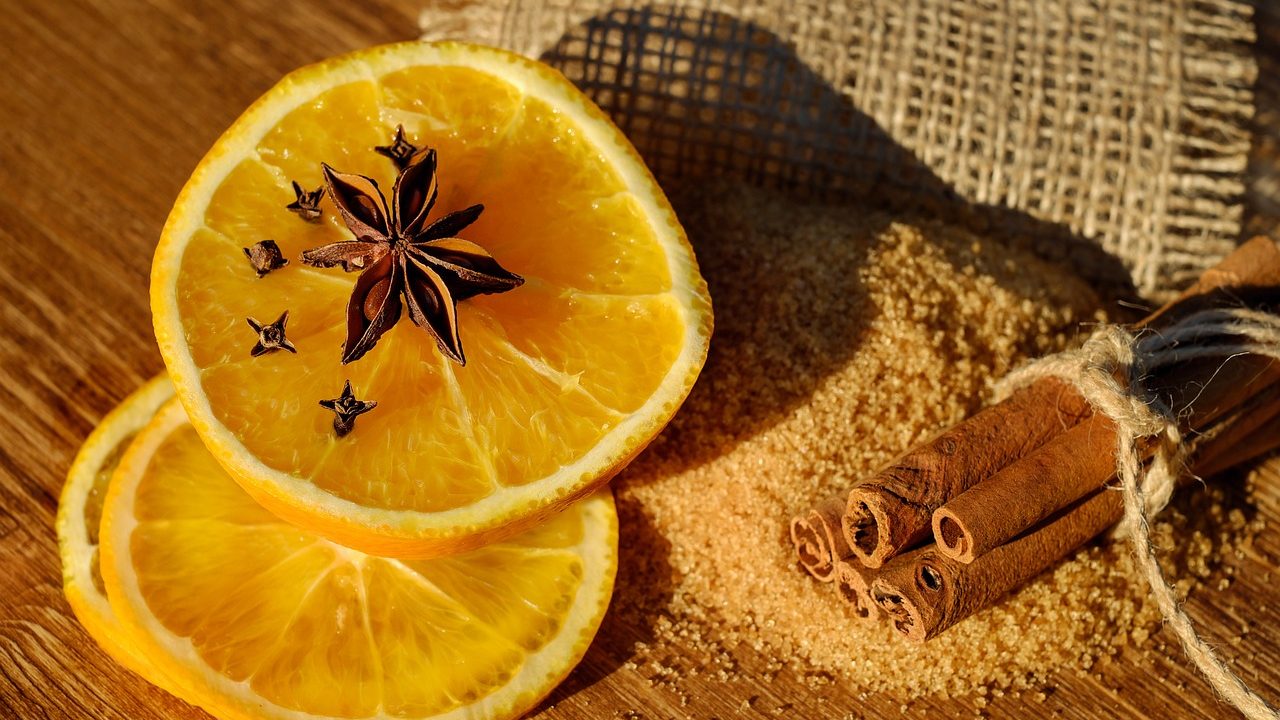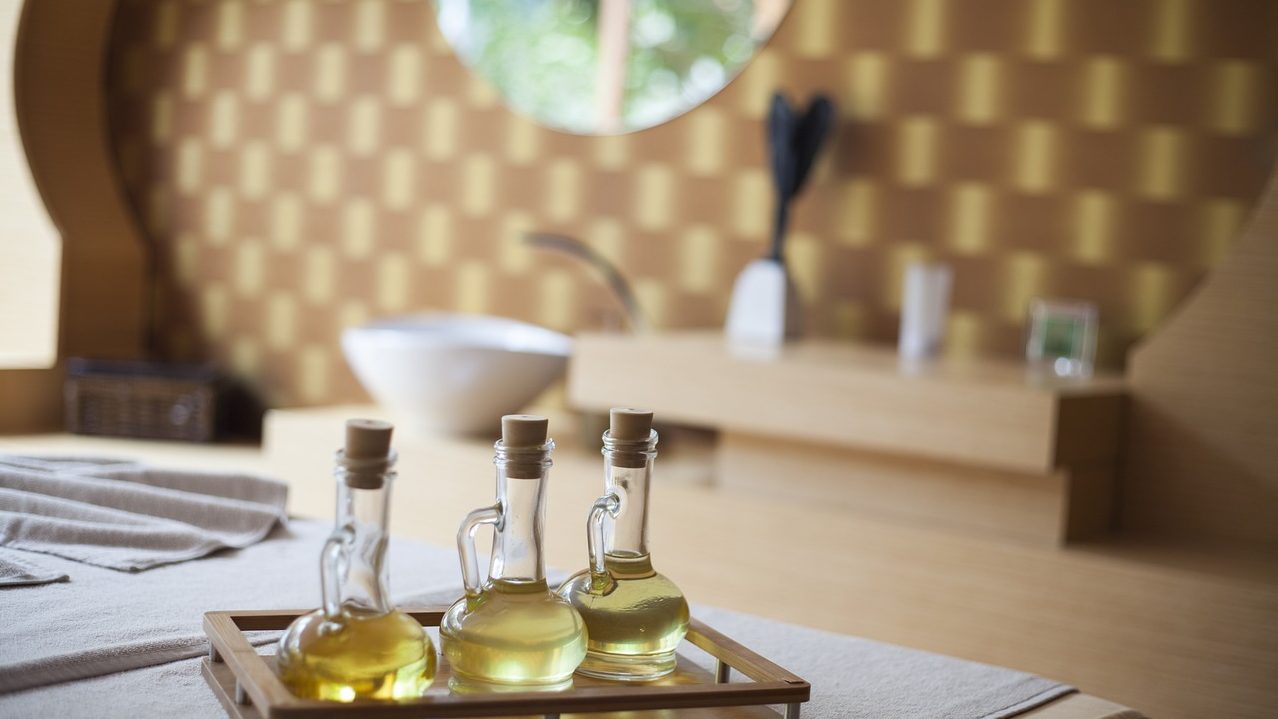The Smell History and Heritage Encyclopedia is an online guide that combines academic and creative knowledge about smell as a cultural thing. It shares information about how smells and the act of smelling are part of our cultural history. The stories cover a variety of topics like different scents, environments filled with smells, noses, and how we feel about smells. These stories are like a starting point to learn about the world of smells and how they’re represented in culture. You can also check out the Odeuropa Smell Explorer through the entries. It lets you explore smell experiences from the past through the accounts of people who lived then.

Smell history, or the history of smell, says that smell and how we smell things have a long history. The use of our noses, the meanings of smells, and the different smells around us, known as ‘smellscapes,’ have all changed throughout time.
A historical or heritage smellscape is a collection of smells connected to a special place that’s important to people or a community. These smells include different scents and the feelings they bring. What makes a smellscape unique are the special smells, how they’re arranged, or the traditions of the community. Smells can be background scents, noticed scents, or extra special scents that deserve protection.
In the past, people used to understand medicines by smelling herbs, like rosemary, which they believed protected against the plague. Unlike today’s pharmacists who focus on prescriptions and packaging, seventeenth-century apothecaries relied on their sense of smell. Urban smells were different back then – not just stronger or more numerous, but qualitatively unique compared to the scents in modern cities filled with air pollution, fast food, and synthetic fragrances.

Early studies on smell explored the idea that in the past, people in the modern world were afraid of smells. In 1982, Alain Corbin wrote an important book called “Le miasme et la jonquille,” later translated as “The Foul and the Fragrant: Odor and the French Social Imagination.” He argued that starting from the 1750s, European society began a campaign against odors due to fears of diseases, leading to the deodorization of bodies and spaces. When David Howes, Constance Classen, and Anthony Synnott wrote their influential 1994 book, “Aroma: The Cultural History of Smell,” they discussed how Corbin’s ideas influenced our understanding of a modern world where the sense of smell was suppressed, and its social history was overlooked. Aroma added to Corbin’s narrative by explaining how smell lost importance in areas like religion and gardening with the advent of modernity.
Now, the study of smells has moved beyond the basic stories and is diving into the details and complexity of scents in the past. Smell history is growing, exploring various scents like ambergris, civet, Sulphur, and durian fruit. Books and articles are delving into the smells of places like medieval churches, Ottoman mosques, 19th-century American streets, and 20th-century heavy-water plants. Smell History is also adopting new perspectives from environmental humanities, postcolonial literary criticism, and queer theory to fully understand the depth and breadth of the olfactory past.
ARTICLE BY – SMITHSHILL MACWAN | EDITED BY – SAHIL HARVANI



